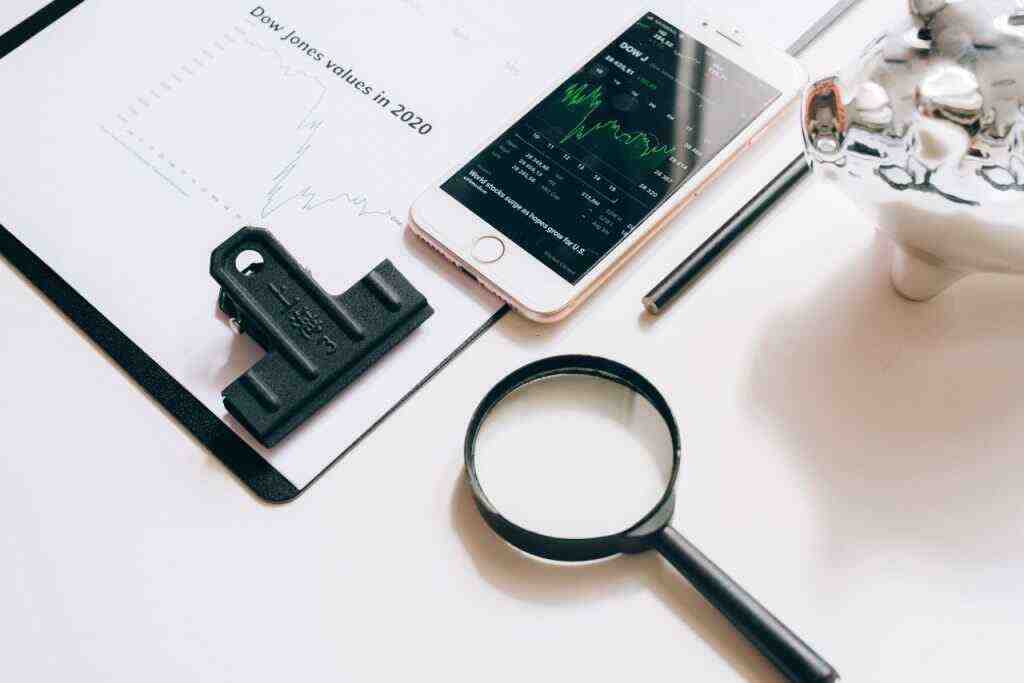Economic Well-being and Consumer Sentiment: Navigating the Complexities of the American Economy
Amidst a seemingly robust economy, characterized by low unemployment, rising incomes, and a strong stock market, a peculiar sentiment has taken hold among Americans: a prevailing sense of gloom and dissatisfaction with the state of the economy. This disconnect between objective economic indicators and subjective perceptions has perplexed economists and policymakers alike, sparking a search for explanations and remedies.
The Evidence of Gloom:
Consumer-sentiment surveys, such as the University of Michigan’s Index of Consumer Sentiment, have plummeted to levels last seen during the global financial crisis of 2007-2009. Surveys conducted by The Economist/YouGov reveal that nearly half of Americans believe the economy is deteriorating. Disapproval of President Joe Biden’s handling of the economy remains high, with two-thirds of respondents in a Gallup poll expressing dissatisfaction.
Explanations for the Disparity:
- Lagging Wages: While overall employment figures are strong, average private-sector earnings have remained stagnant since February 2020, eroded by inflation.
- Income Comparison: Personal income has decreased since March 2021, when stimulus packages bolstered financial stability.
- Rising Costs: Interest rate hikes to combat inflation have increased borrowing costs for housing and vehicles, affecting affordability.
- Partisan Hostility: Political animosity towards the Democrat-controlled White House may contribute to negative sentiment, especially among Republicans.
- Media Influence: The tone of news coverage may amplify economic concerns, with sentiment indices lagging behind objective data.
- Long-term Recovery: The post-pandemic recovery may be a gradual process, with lingering economic uncertainty and the shock of high inflation affecting consumer confidence.
Challenges to Positive Perception:
Despite objective indicators of economic recovery, the persistent negative sentiment among Americans poses a significant challenge to policymakers aiming to stimulate economic growth and improve overall well-being.
Partisan Hostility:
Political animosity towards the Democrat-controlled White House may be contributing to the negative economic sentiment, particularly among Republicans. This partisan divide can make it difficult to implement policies that address the concerns of all Americans, as political considerations often take precedence over economic ones.
Media Influence:
The tone of news coverage can play a significant role in shaping public perception of the economy. Negative economic news tends to receive more attention than positive news, which can amplify economic concerns and lead to a more pessimistic outlook among consumers. This media bias can make it challenging to counter the negative sentiment and promote a more positive view of the economy.
Long-term Recovery:
The post-pandemic recovery is likely to be a gradual process, and it may take some time for consumers to fully regain confidence in the economy. The lingering economic uncertainty and the shock of high inflation can continue to weigh on consumer sentiment, making it difficult to sustain a positive outlook.
Signs of Improvement:
While the overall economic sentiment remains negative, there are some signs of improvement that suggest a potential shift in consumer attitudes.
Real-income Growth:
Real-income growth has accelerated, enabling Americans to regain some purchasing power. This increase in disposable income may help to offset the impact of rising costs and lead to a more positive outlook on the economy.
Consumer-sentiment Index:
The consumer-sentiment index has shown signs of recovery since mid-2022, coinciding with the peak of inflation. This suggests that consumers may be starting to feel more optimistic about the economy as inflationary pressures ease.
Policy Implications and Conclusion:
The Biden administration believes that maintaining a strong labor market, easing inflation, and delivering real wage gains will ultimately improve consumer sentiment. However, the complex interplay of economic factors, political dynamics, and media influence suggests that addressing the economic gloom requires a multifaceted approach that goes beyond traditional economic policies.
Policymakers must strive to bridge the partisan divide, address the concerns of all Americans, and promote policies that support economic growth and improve the well-being of all citizens. Additionally, efforts to combat media bias and promote a more balanced portrayal of the economy can help to shape a more positive public perception.
Ultimately, addressing the economic gloom requires a concerted effort from policymakers, the media, and the public to work together to create an environment that fosters economic growth, opportunity, and a sense of optimism among all Americans.
Call to Action:
Join the conversation and share your thoughts on the state of the economy and consumer sentiment. What are the biggest challenges facing the American economy today? How can we work together to create a more positive economic outlook? Share your insights and ideas in the comments section below.
